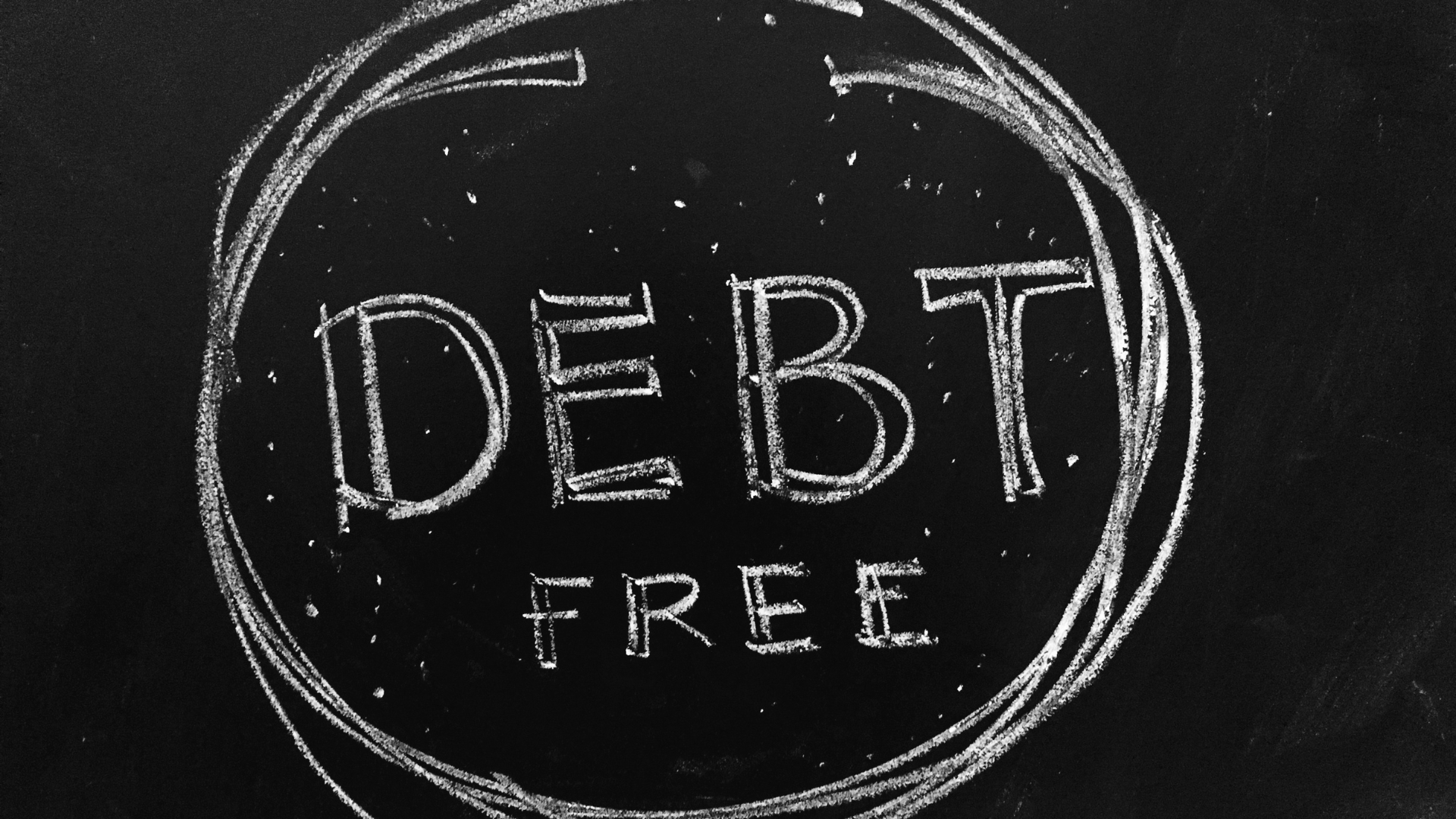
Living debt-free is a goal many people aspire to achieve. It’s not just about avoiding financial stress—it’s also about gaining control over your finances and building a secure future. Here are three essential tips to help you master the art of debt-free living.
Table of Contents
1. Create and Stick to a Budget
The foundation of debt-free living is creating a budget that works for you. A budget helps you understand where your money is going and ensures you’re not spending more than you earn.
Start by listing your monthly income and all your expenses, including rent, utilities, groceries, and entertainment. Then, categorize your expenses into needs and wants. Focus on covering your needs first and look for ways to reduce spending on wants.
Sticking to your budget requires discipline. It might be challenging at first, but over time, it becomes easier. Use budgeting tools or apps to help you track your spending and stay on top of your finances.
2. Prioritize Paying Off High-Interest Debt
High-interest debt, like credit card debt, can be a significant barrier to living debt-free. The longer you carry this debt, the more interest you’ll pay, making it harder to get out of debt.
Focus on paying off high-interest debt as quickly as possible. You can use the “avalanche” method, where you pay off the debt with the highest interest rate first, or the “snowball” method, where you pay off the smallest debt first to build momentum.
Once your high-interest debts are paid off, avoid accumulating new debt by using credit cards responsibly or opting for cash or debit instead.
3. Build an Emergency Fund
Unexpected expenses, like car repairs or medical bills, can lead to debt if you’re not prepared. Building an emergency fund can help you cover these costs without relying on credit cards or loans.
Aim to save at least three to six months’ worth of living expenses in your emergency fund. Start small if necessary, but make regular contributions to your fund until it reaches your goal.
Having an emergency fund gives you peace of mind and helps you stay on track with your debt-free journey. It’s a financial safety net that protects you from falling back into debt when life throws you a curveball.
Mastering the art of debt-free living requires commitment and smart financial strategies. By creating and sticking to a budget, prioritizing paying off high-interest debt, and building an emergency fund, you can take control of your finances and enjoy the freedom of living without debt.




